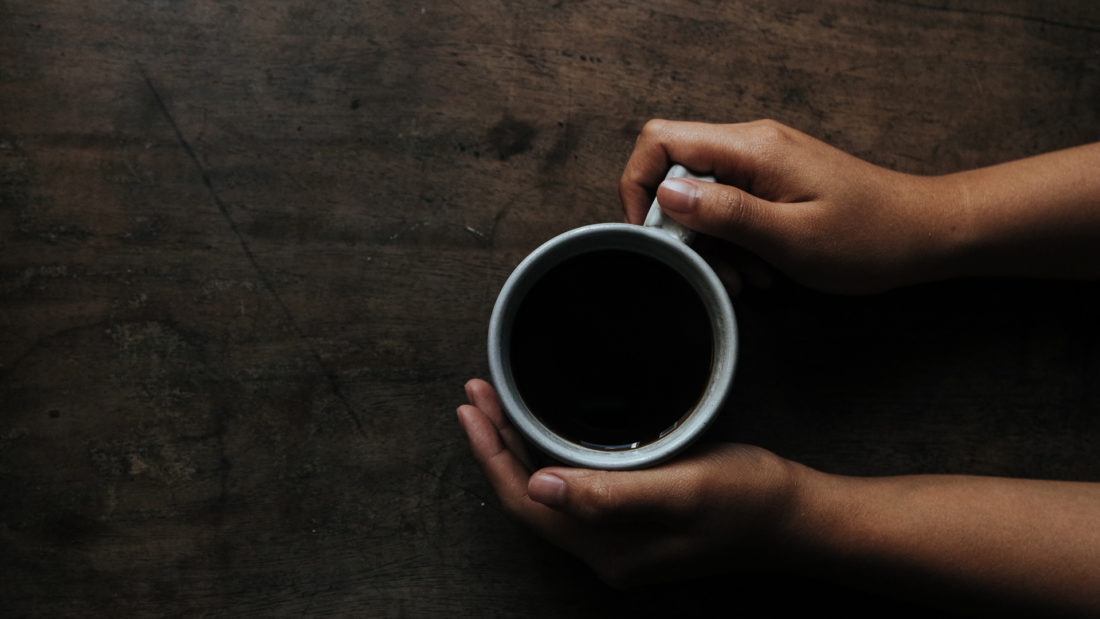
BSG Ingredients: Caffeine Blend
The first accounts and archeological records of the human consumption of caffeine began around 3000 BCE and came from all over the world, as caffeine is a naturally occurring chemical compound in sixty-one known plants.
Indigenous peoples of the Americas were known to brew the seeds and stems of Yaupon Holly to create “asi” or “black drink” a tea-like drink that was consumed perhaps as early as the late archaic period. Archeologists have also found pots with cocoa beans dating from approximately 600 BC from Meso-American cultures that relied upon the cocoa bean to get their caffeine kick, creating a drink still known and available called xocoatl, which they believed to fight fatigue.
Chinese culture offers us Lu Yu’s Cha Jing, a classic work believed to be written in the early 760’s CE, that gives us detailed accounts of the best regions to grow teas as well as the best utensils and boiling methods for the enjoyment. The Cha Jing also mentions the anecdotal cultural belief that Emperor Shennong discovered tea by accident, when leaves fell into boiling water. West African regions still chew on the Kola nut to energize and satiate hunger when food is in low supply, a practicality that is believed to have ancient origins.
Europeans were last to the caffeine craze, finding caffeine through trade and colonization. Sufi Monasteries in Southern Arabia have the earliest credible accounts of coffee cultivation and consumption which was later shared via the port of Mocha, Yemen to Persia and Turkey in the 16th century, and later to the rest of Europe.
Xocoatl, the previously mentioned Meso-American drink, became popular in Spain in the 1700’s due to the colonization of the Americas. While Europeans were the last to reap the benefits of caffeine, they were among the first to analyze the effects, searching for a more scientific understanding of it’s effects on the human body.
A German scientist by the name of Friedlieb Ferdinand Runge was the first to isolate nearly pure caffeine, calling it “kaffebase.” Later, in 1827, M. Oudry isolated “théine” in tea, which was later proved to also be caffeine. Herman Emil Fischer was later awarded a Nobel Prize in 1902 for finding the structural formula of the compound.
Caffeine, while being the most important ingredient in coffee and a treasured part of the human experience for many, has come into vogue for use in supplements, over the counter migraine medications, and cosmetic treatments over the past few years. While some creams and topical solutions rely more on smelling like tea or coffee than the actual chemical content, the chemical
effects of caffeine on the body is what makes it such a powerful addition to maximize the effects
of other ingredients.
Caffeine is a stimulant and acts as a vasodilator in the human body. Vasodilation is a naturally occurring process in the body, essential to maintaining homeostasis and directing blood where it is needed. This process allows for more effective dispersion of other ingredients that are being administered at the same time as well as blood borne oxygen and nutrients. It is for this reason that it is included in BSG’s Anagenic Blend, as it has proven to be helpful in giving hair follicles the blood supply they need to stay growing strong.
